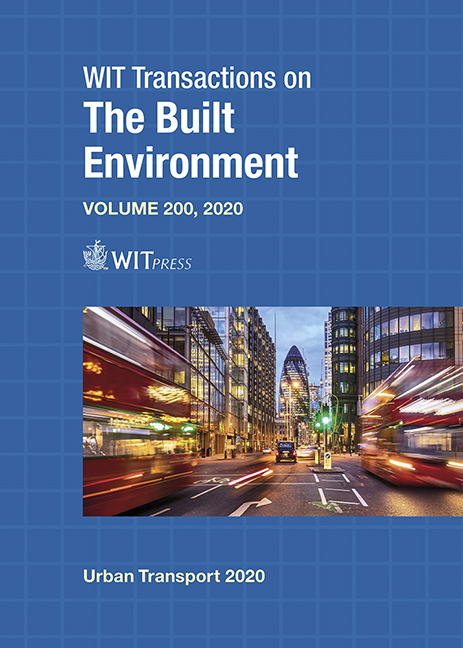PRELIMINARY HAZARD ANALYSIS FOR UAV-ASSISTED BRIDGE INSPECTION
Price
Free (open access)
Transaction
Volume
200
Pages
14
Page Range
171 - 184
Published
2020
Paper DOI
10.2495/UT200141
Copyright
WIT Press
Author(s)
YONAS Z. AYELE, BEHROOZ ASHRAF
Abstract
Unmanned aerial vehicle (UAV) technology has found its way into a number of civilian applications in the last 20 years, predominantly due to lower costs and tangible scientific improvements. In its application to structural bridge inspection, UAVs provide two main functions. The first, being the most common, detects damage through visual sensors. The 2D imagery data can be used to quickly establish a basic knowledge of the structure’s condition and is usually the first port of call. The second reconstructs 3D models to provide a permanent record of geometry for each bridge asset, which could be used for navigation and control purposes. However, there are various problems associated with the use of UAVs for bridge inspection, in particular, in cold operating environments, such as Norway. This paper will integrate scenario prediction and assess hazards as well as the social and environmental loss in the case of UAV-assisted bridge inspection. Further, this paper will follow rather closely a three-phase process: hazard identification, hazard analysis, and hazard evaluation, all executed with qualitative data and methods by experts of a variety of fields, methodologies for recognition of the impact of cold operating environment on the performance of UAVs and UAV-pilots, creative interpretation of the hazard factors of identifiable problems, or even brainstorming about “imaging the unimaginable”.
Keywords
preliminary hazard analysis, UAV-assisted bridge inspection, risk assessment, drone inspection





